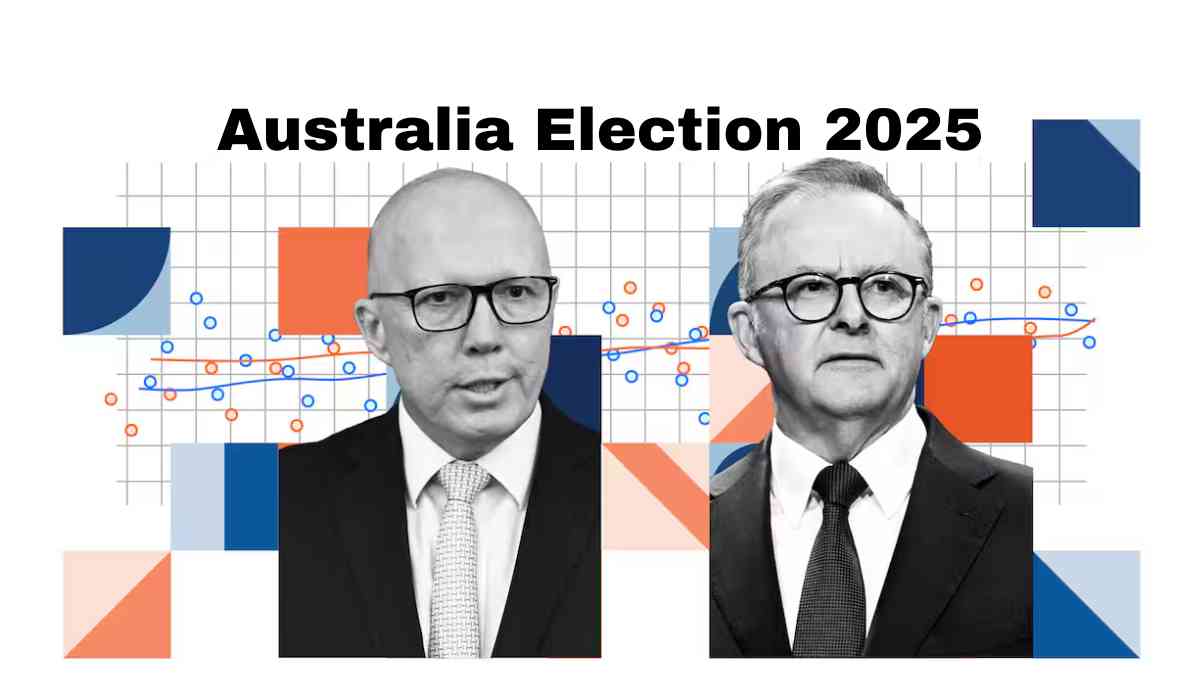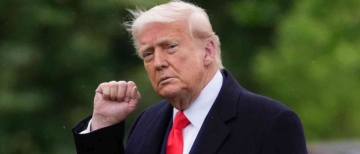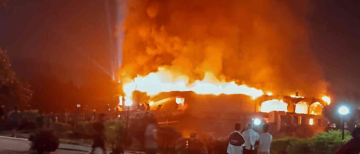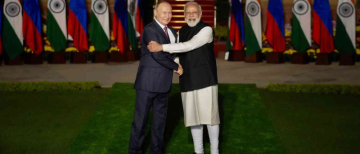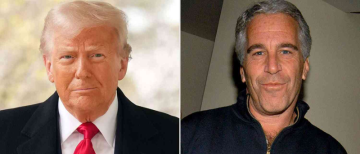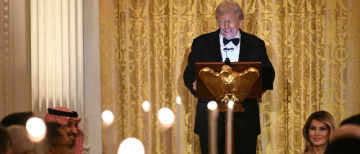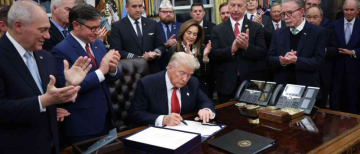As Australians head to the polls in 2025, the national election has garnered attention for various reasons, ranging from concerns over the cost of living to global influences like US President Donald Trump’s tariffs. With the election originally scheduled for April 12 but delayed due to a cyclone, the country’s voters are now choosing between Prime Minister Anthony Albanese and opposition leader Peter Dutton, making the stakes higher than ever.
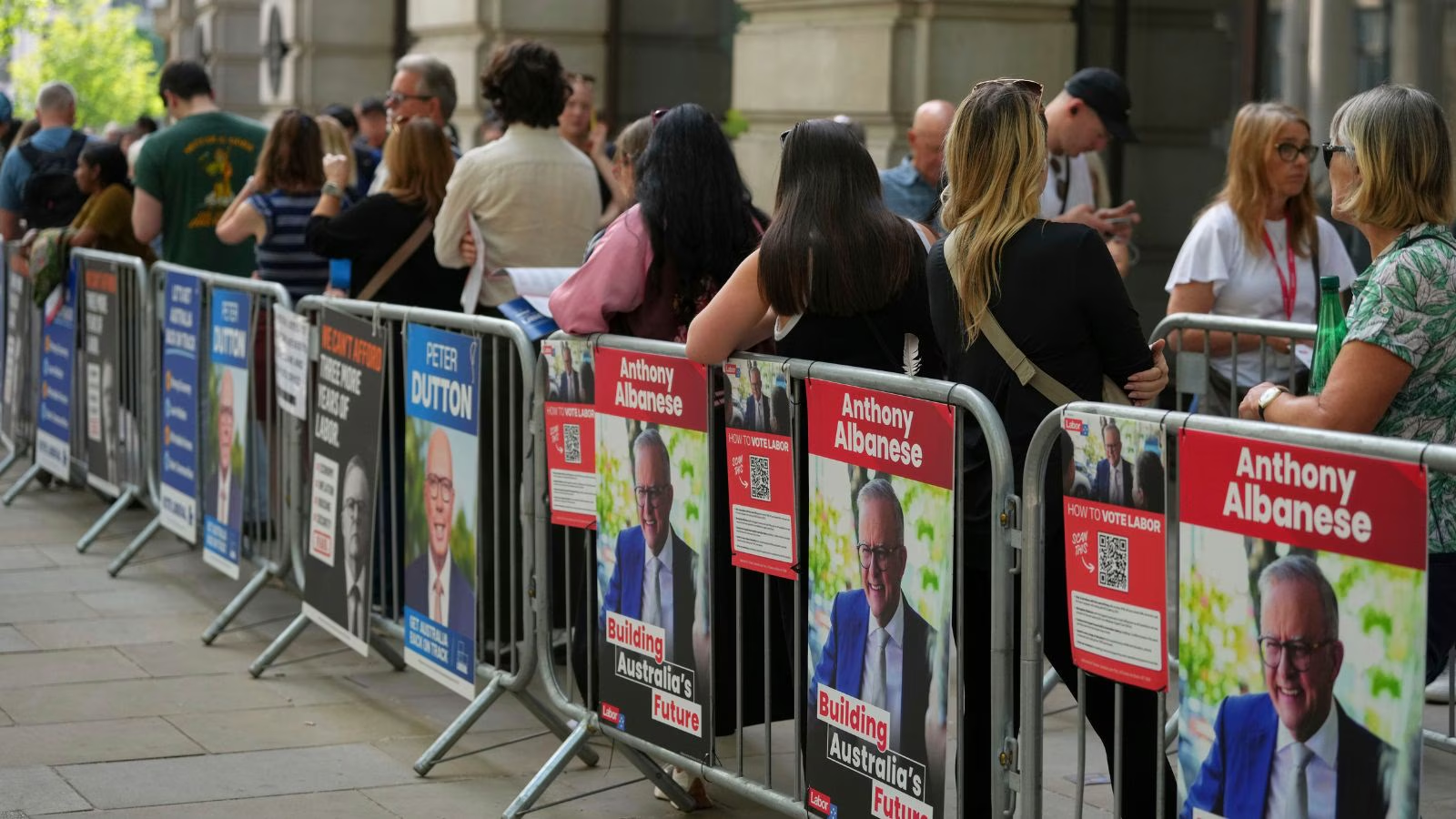
Who Are the Candidates?
Anthony Albanese – Labor Party
-
Age: 62
-
Political Party: Australian Labor Party (ALP), center-left
-
Background: Raised by a single mother in a government-subsidized apartment in Sydney; has served nearly three decades in Parliament.
-
Strengths: Champion of renewable energy, social welfare, and healthcare investment.
-
Challenges: Faces criticism over housing policy, rising antisemitism and Islamophobia, and his handling of Indigenous affairs.
Peter Dutton – Liberal-National Coalition
-
Age: 54
-
Political Party: Liberal Party, center-right
-
Background: Son of a bricklayer from Brisbane; former police officer and detective in the drug squad.
-
Strengths: Advocates for strong law enforcement, national security, and conservative social values.
-
Challenges: Considered a polarizing figure due to his stances on immigration, nuclear energy, and support for Trump-era policies.

Key Issues Driving the Election
- Cost of Living Crisis
For many Australians, the primary concern is the rising cost of living. Inflation has driven up the prices of essentials, with items like eggs increasing by 11% in the past year alone. Rent prices are also becoming unaffordable, especially in major cities. Although inflation has started to slow, Australians are questioning whether the Albanese government has done enough to alleviate these pressures.
Inflation Rate and Interest Rates:
-
Annual inflation reached 7.8% following Labor's 2022 election win.
-
Interest rates were raised 12 times since then, reaching 4.35% in November 2023, with another rate cut expected in May 2025.
Both leaders are grappling with the rising living costs, with Albanese’s government focusing on easing financial burdens, while Dutton’s Coalition promises tax reforms and stronger economic management.
- Housing Affordability and Healthcare Strain
Housing affordability remains a flashpoint for voters, with several Australian cities ranking among the world’s least affordable. Despite proposed reforms from both major parties, the issue continues to intensify. The country’s universal healthcare system is also under significant strain, with staff shortages and increasing costs forcing many Australians to delay or skip treatment.
Both Albanese and Dutton have pledged billions to improve the healthcare system, but the specifics of their plans differ significantly.
- Energy and Climate Policy
Energy policy divides the two parties sharply. While Albanese is focusing on renewable energy sources, including solar and wind power, Dutton is advocating for nuclear energy to reduce emissions in the long term. Australia, despite having large uranium reserves, has kept a ban on nuclear power since 1998, which Dutton wants to overturn.
- China, US Relations, and Trump’s Impact
The geopolitical landscape adds another layer of complexity to this election. Australia’s relationship with China, its largest trading partner, is under pressure as the country faces increasing tension with the US. Donald Trump’s tariff policies have also played a role in shaping the election dynamics. While Albanese has criticized Trump’s actions, Dutton has expressed more supportive views of the former president, which may affect his support among Australian voters.
- The Rise of Independent Candidates
Over recent years, independent candidates have become increasingly popular, challenging the traditional dominance of the two main political parties. Many independents focus on transparency and stronger action on climate change, which may influence the election results, particularly if the vote count is close. A coalition of independents could even decide who forms the next government, potentially resulting in a minority government.
- A New Generation of Voters
This election is the first in which Australians born after 1964 outnumber Baby Boomers. Younger voters, particularly those struggling to enter the housing market, are a key demographic for both parties. The focus on housing affordability and policies aimed at helping first-time homebuyers reflect the shifting priorities of Australia’s electorate.
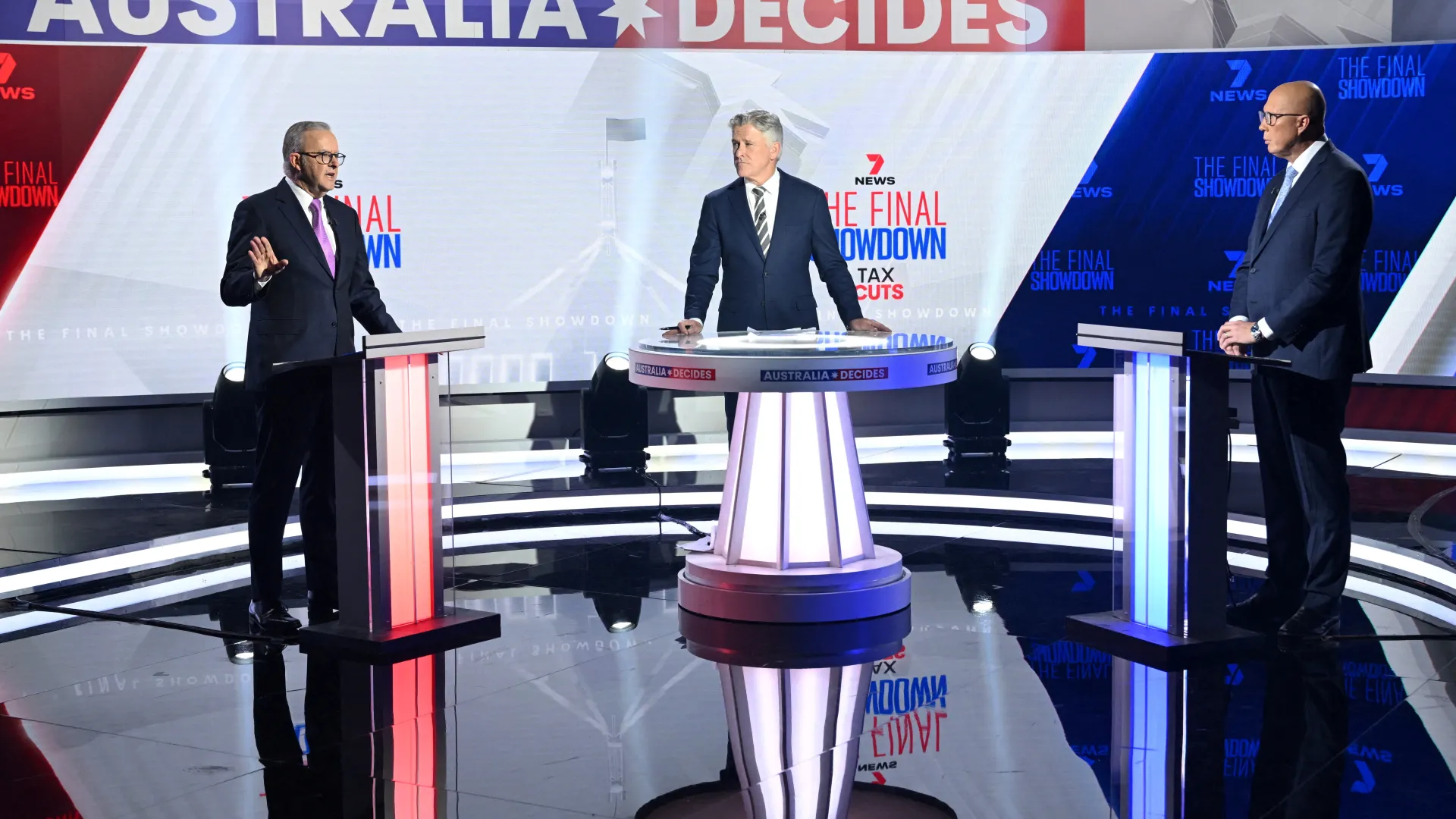
Australia’s Electoral System
- Compulsory Voting
Australia’s compulsory voting system mandates that all eligible citizens vote, with fines of A$20 for non-compliance. This has led to some of the highest voter turnout rates globally, including 90% in the 2022 federal election. Australians are also known for the “democracy sausage” tradition, where local fundraising stalls sell sausages near polling booths.
- Preferential Voting System
Australia uses a preferential voting system, where voters rank candidates in order of preference. If no candidate secures an outright majority, the least popular candidates are eliminated, and their votes are redistributed until one candidate reaches 50%. This system often leads to complex negotiations, especially when independent candidates play a significant role.
- Parliament Math
In the upcoming election, all 150 seats in the House of Representatives and 40 of 76 Senate seats are up for grabs. Labor holds 78 seats, with a slim majority. The Coalition has 57 seats, needing 19 more to form a majority.
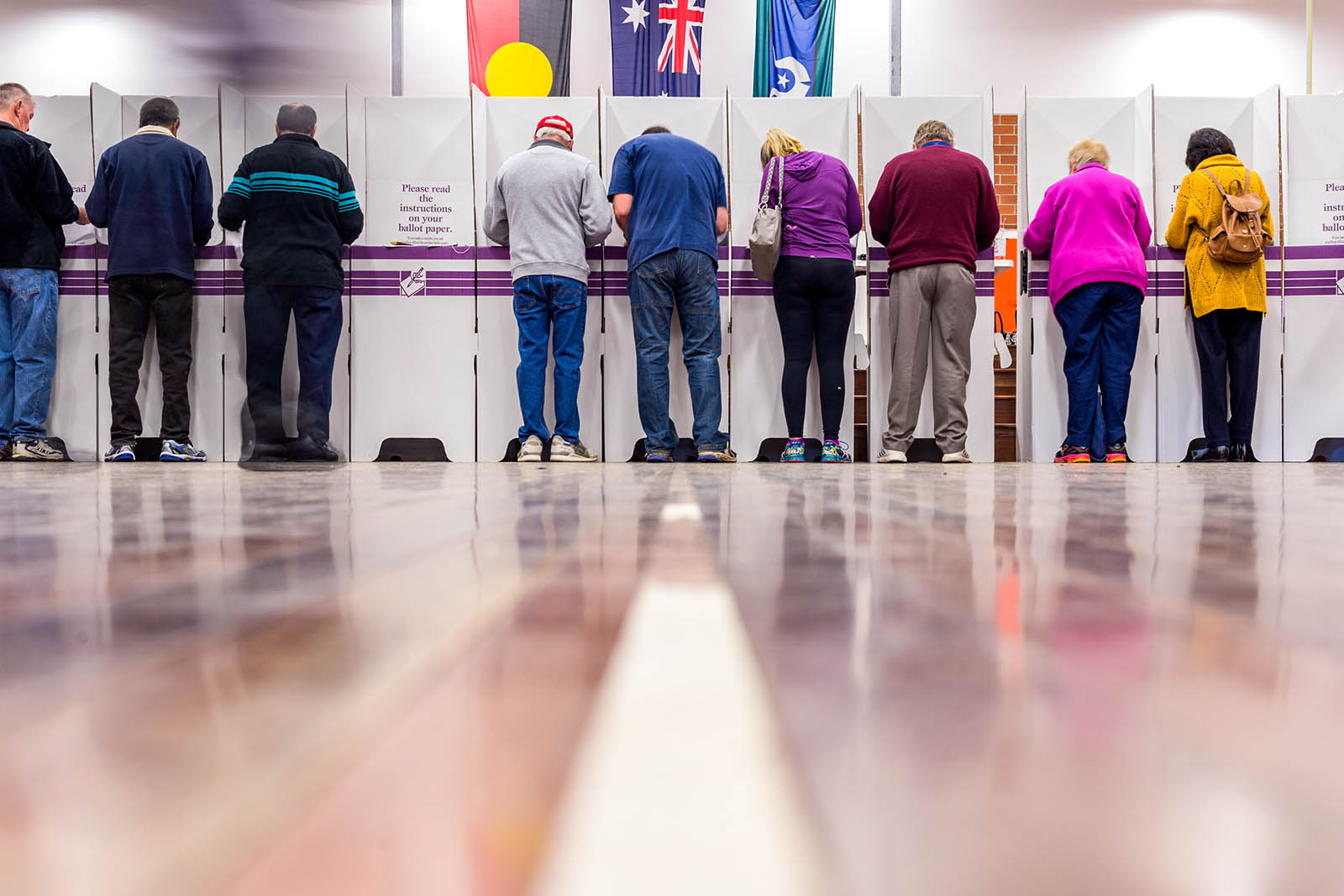
When Will the Results Be Known?
Preliminary counting begins as soon as the polls close, and unofficial results are usually available within hours. However, due to Australia’s hand-counting process for nearly 18 million ballots, including postal and overseas votes, the official result may take days or even weeks to be certified.
What’s at Stake?
The 2025 Australian federal election is shaping up to be one of the most closely contested in recent years, with major issues such as the cost of living, housing affordability, climate policy, and international relations driving voter sentiment. With a high level of voter engagement and a shifting political landscape, the outcome of this election will determine the direction of Australia’s future in an increasingly complex global environment.
Voters are choosing not just between two leaders but between two very different visions for Australia’s future. The result could shape the nation’s economy, climate policy, and international relations for years to come.
With inputs from agencies
Image Source: Multiple agencies
© Copyright 2025. All Rights Reserved Powered by Vygr Media.

